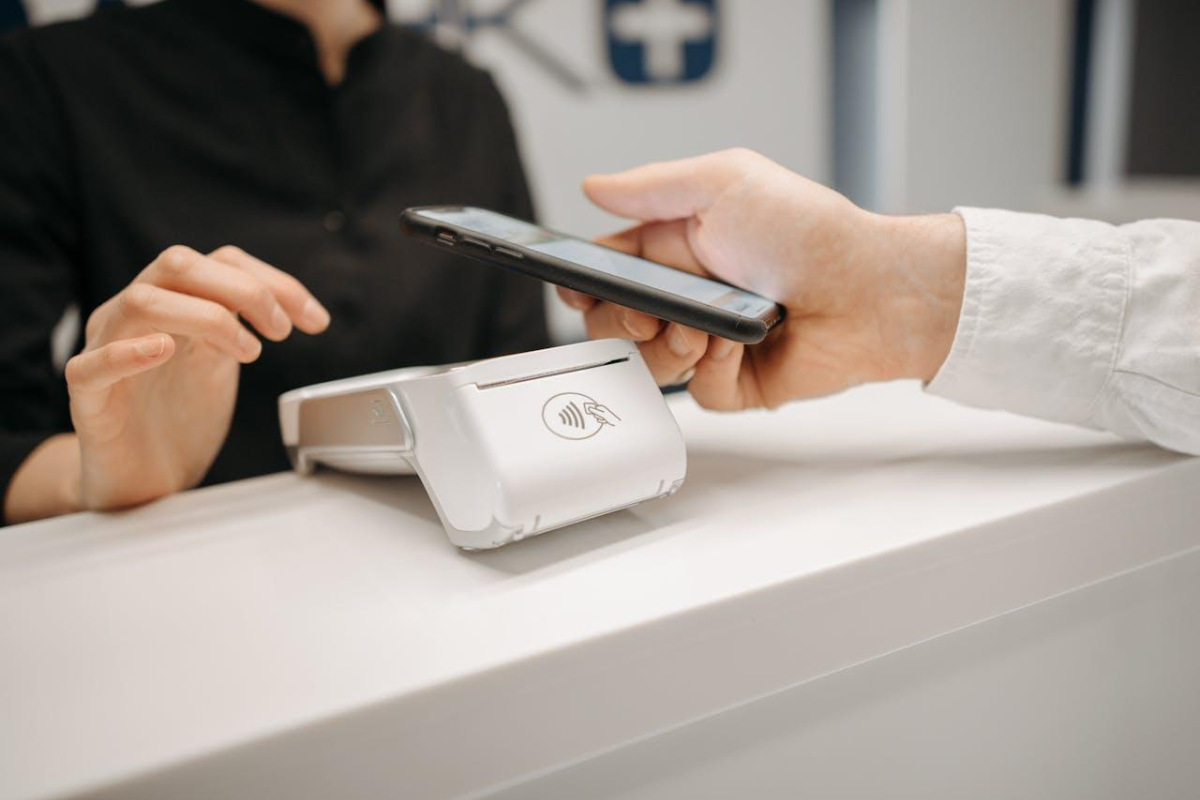In the dynamic world of sports, the pursuit of excellence is relentless.
Athletes are constantly on the lookout for cutting-edge solutions to elevate their performance, gain a competitive advantage, and mitigate the risk of injuries.
This is where sports wearable technology steps in—a groundbreaking field set to revolutionize how athletes train, compete, and recover.
Table of Contents
ToggleOverview
Gone are the days when wearable technology was limited to basic fitness tracking. Today, it encompasses a diverse range of devices tailored specifically for athletes.
From advanced smart clothing to sophisticated biometric sensors and immersive augmented reality (AR) goggles, these innovations provide real-time insights into crucial performance metrics like heart rate, oxygen levels, and biomechanics.
Such data empowers athletes and coaches to make informed, data-driven decisions with unprecedented accuracy and precision.
One significant aspect driving the future of sports wearable technology is its integration with artificial intelligence (AI) and machine learning algorithms.
These technologies enable devices to not only collect vast amounts of data but also analyze and interpret it in meaningful ways.
By identifying patterns, detecting anomalies, and providing personalized recommendations, AI-powered wearables empower athletes to optimize their training regimens and maximize results.

Moreover, the emergence of 5G connectivity heralds a transformative era for the sports wearable technology industry.
With its unparalleled speed in data transmission and minimal latency, 5G networks are poised to redefine the way athletes interact with their devices.
This revolutionary technology enables seamless communication between devices, facilitating instantaneous feedback and immersive experiences.
Athletes stand to benefit immensely from 5G’s capabilities. They can now receive real-time performance updates, engage in remote collaboration with coaches, and immerse themselves in virtual environments for training or competition.
This transcends the constraints of physical distance, opening up new possibilities for enhancing performance and pushing the boundaries of athletic achievement.
As the capabilities of IoT technology continue to evolve, so too does its impact on injury prevention and rehabilitation.
Biomechanical sensors embedded within clothing or attached to the body can monitor movement patterns and detect potential injury risks in real-time.
By alerting athletes to improper technique or overexertion, these devices enable proactive intervention, reducing the likelihood of injuries and prolonging careers.
Moreover, wearable technology plays a crucial role in enhancing the recovery process for athletes.
Advanced sensors can track physiological markers during post-exercise recovery, guiding athletes in optimizing rest periods, nutrition intake, and recovery modalities.
This proactive approach not only accelerates recovery times but also minimizes the risk of recurring injuries, enabling athletes to maintain peak performance levels consistently.
Despite the remarkable advancements in sports IoT technology, challenges remain on the horizon.
Privacy concerns regarding data collection and usage necessitate robust security measures and transparent policies to safeguard athletes’ sensitive information.
Additionally, as the market is growing, the accessibility and affordability of these technologies must be addressed to ensure equitable access for athletes across all levels of competition.
Most Innovative Wearable Devices
In the realm of sports technology, innovation is the driving force propelling athletes towards peak performance and excellence.

To gain a clearer understanding of the future trends in IoT technology for athletes, let’s examine some of the most innovative devices currently reshaping the landscape of sports performance and wellness.
- WHOOP Strap 4.0: The WHOOP Strap 4.0 stands out with its comprehensive approach to athlete monitoring. It tracks key biometrics such as heart rate variability, sleep quality, and recovery, providing actionable insights to optimize training and performance.
- NURVV Run Insoles: These smart insoles revolutionize the way runners analyze their technique. Equipped with 32 sensors, they capture data on cadence, step length, and foot strike, offering real-time feedback to improve running form and prevent injuries.
- FORM Swim Goggles: Designed for swimmers, FORM Swim Goggles feature a built-in augmented reality display that provides instant performance metrics such as split times, stroke rate, and distance. With seamless integration into training sessions, swimmers can enhance efficiency and technique in the water.
- Halo Sport 2: The Halo Sport 2 utilizes neurostimulation technology to enhance motor learning and skill acquisition. By stimulating the motor cortex during training sessions, it accelerates the development of muscle memory and facilitates faster skill acquisition, benefiting athletes across various disciplines.
- Catapult Sports OptimEye S5: Catering to team sports, the Catapult Sports OptimEye S5 is a wearable GPS tracker that provides invaluable insights into player workload, movement patterns, and fatigue levels. Coaches can utilize this data to tailor training programs, prevent injuries, and maximize performance on the field.
- Epson M-Tracer MT500GII Golf Swing Analyzer: Golfers can take their game to the next level with the Epson M-Tracer MT500GII. This lightweight sensor attaches to the golf club and captures detailed data on swing tempo, path, and angle, enabling golfers to fine-tune their technique for improved accuracy and distance.
These innovative IoT devices exemplify the intersection of technology and athleticism, offering athletes unparalleled insights and tools to elevate their performance to new heights.
Summary
In conclusion, the trajectory of IoT technology for sports promises a paradigm shift in the realms of performance and wellness.
With advancements in AI-driven insights, seamless 5G connectivity, and robust injury prevention mechanisms, these innovations present athletes with unparalleled opportunities to reach new heights of excellence.
By embracing the ongoing evolution of sports wearable technology, athletes are empowered to embark on a journey of perpetual enhancement, transcending conventional boundaries and propelling human achievement towards unprecedented levels of success.











